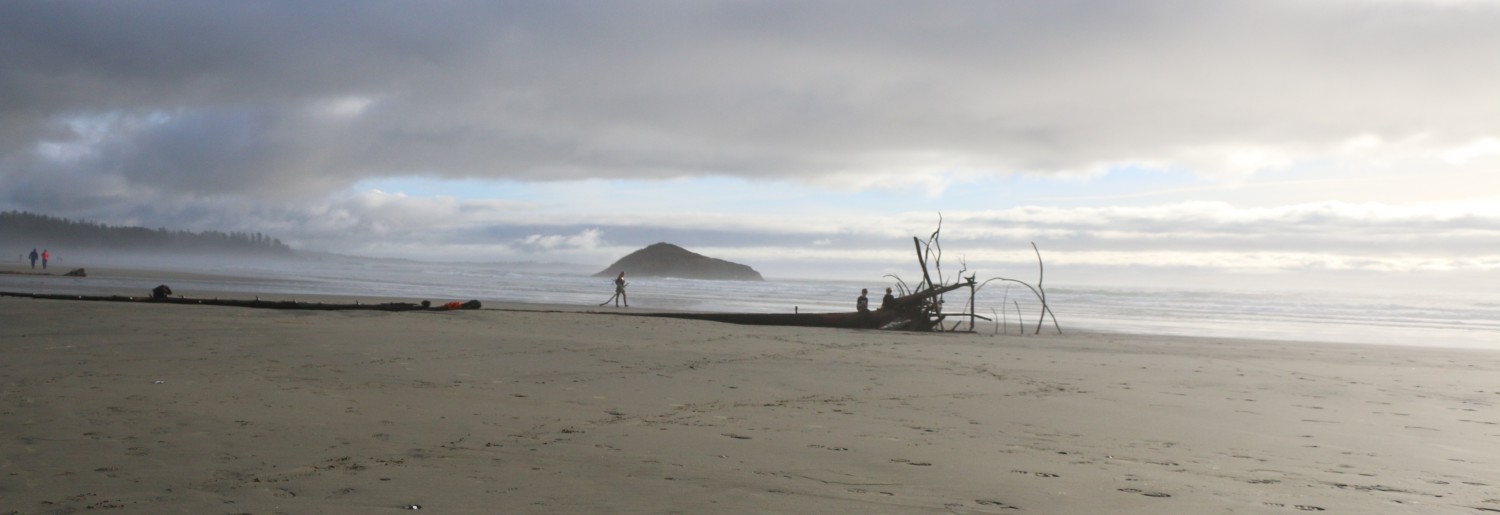Saturday, June 30, 2012 – Globe and Mail
ADRIAN MORROW, ANNA MEHLER PAPERNY, JANE SWITZER and STEPHEN SPENCER DAVIS
TORONTO and ELLIOT LAKE, ONT. — When the mines powering Elliot Lake wound down 20 years ago, the town’s mall was poised to go with them: Its tenants were leaving, its owners eager to sell and its maintenance issues well known.
But volunteers intent on keeping Elliot Lake going knew they needed a commercial centre for what they hoped to turn into a vital retirement community. They bought the mall with this in mind, and the Algo Centre, built for a far larger and more prosperous city, became the small town’s anomalous locus point.
Over two decades, the mall changed owners and its run-down interior became a familiar reference point in the local paper. The mall’s current owner tried to sell it two years ago for double his purchasing price. It remained a hub of activity and commerce: This was where people went to take out library books, buy lottery tickets or rent a campaign office for local elections.
Last Saturday, slabs of concrete from the mall’s rooftop parking lot tore through two storeys of the structure, killing two women, injuring more than 20 others and throwing a town of 11,000 into a 96-hour waiting game as rescuers searched for victims.
Ontario Premier Dalton McGuinty announced an independent inquiry into the mall’s collapse late Friday afternoon – acquiescing to pressures from both opposition leaders and local residents unsettled by both the mall’s collapse and its aftermath.
That investigation will be the third now ongoing: The Labour Ministry launched an investigation into the structure’s safety as a worksite. The coroner is investigating the deaths of Lucie Aylwin and Doloris Perizzolo, the two women killed beneath the rubble.
But for a structure that was such a constant in Elliot Lakers’ lives, details around who was keeping it safe, when they checked and what they did about it remain opaque – not because the information isn’t there but because those who have it won’t say.
Current owner Bob Nazarian told The Globe and Mail on Friday that the city inspected the mall last month. But the city, responsible for building-code adherence, refuses to release inspection records.
The Labour Ministry divulged only a partial list of Algo Centre inspections Monday. A field report from the ministry’s last visit to the mall in January notes recurrent leaks, adding that maintenance was ongoing to patch them and find their source.
Details of other ministry visits, including several proactive inspections, have not been released.
When it was built in 1980, the Algo Centre was the only mall within a 100-kilometre radius. And it was big – a hulking structure in a suburban-looking town of manicured lawns plunked in the middle of the Canadian Shield.
“The mall was overbuilt,” said former mayor George Farkouh. “It struggled almost in the first year that it was open.” But he also remembers presiding over the loss of thousands of mining jobs – and the importance the mall took on as a source of employment.
A group of volunteers formed Elliot Lake Retirement Living, an economic development corporation charged with promoting the town to retirees. When Algoma Central Properties wanted to unload the town’s mall, Retirement Living stepped in, buying it in 1999 for $3.7-million through Nordev, a subsidiary company.
“We ended up taking on the mall because it was just a way to help the community,” said Richard Kennealy, the non-profit’s general manager. They tried to fix the place up, he said, but “it wasn’t our real business. … We’re not a retail mall manager. So, once we got everything going the way we thought it should and made it more acceptable, we thought it was a good thing to put it back into the hands of somebody who did that.”
That somebody was Mr. Nazarian, a Richmond Hill, Ont., resident who’s also owned strip plazas and developed small commercial buildings elsewhere in the province. He bought the mall for $6.2-million in the summer of 2005. Mr. Kennealy said there was a “very rigorous” review process done at the time of purchase. But Mr. Nazarian said he did “not really” know the condition of the mall when he bought it.
In the years following, Mr. Nazarian made plans for at least a couple of more ambitious construction jobs: One – a $1-million plan in 2008 to strip off the roof and fix, waterproof and repave the parking lot – fell through when Mr. Nazarian refused to provide a bank statement. That same year, Peak Restoration claims, it did more than $800,000 worth of waterproofing and repairs but wasn’t paid its full fee.
A former city hall official said ceiling tiles were also replaced in the library roof, but it continued to leak. Right up until the week of the collapse, a half-dozen men were repairing the roof over Zellers, he added.
Rudy Brunet said his company, R.L. Brunet Ltd., “looked after any mechanical things that went wrong with it since the day it was built.” And he’s proud of his work, he says. But there were some things about the mall’s structure – hollow roof slabs – that went beyond repair jobs. “They tried to fix it,” he said, “but there’s no way you could fix it.”
With a report from Karen Howlett in Toronto

